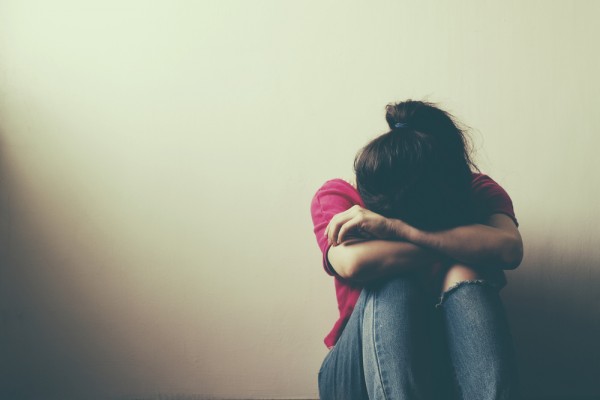We have the fourth highest rate of suicide in the EU among young people between the ages of 15 and 19 years old.
This is considered above the average international suicide rate and ranks Ireland 34th out of the 37 nations surveyed.
These results are from the UNICEF report card on child well-being which was published today. It assesses how children are doing country by country in 41 high-income countries.
The report also found a rise in self-reported adolescent mental health issues, indicating that teenagers themselves have concerns about their mental health.
Suicide is now the leading cause of death in young people aged between 15 and 19 of both sexes in these high-income countries and with Ireland's rate so high, we have to ask ourselves why this continues to be such a major problem.
UNICEF Ireland chief executive Peter Power said agrees, he described the report as a "wake-up call for Ireland" on national radio today.
In schools, there are information programmes about dangers young people MAY face, like stranger-danger and inappropriate behaviour. What about a programme about how to deal with negative thoughts which our children are 100% likely to experience at some stage in their lives? Why are we not focusing on structured advice on coping mechanisms for our children?
Other really stand-out findings in this child well-being report found that 22.6% of children aged 11-15 report experiencing two or more psychological symptoms more than once a week.
The report also found that 18.3% of children are living in relative income poverty.
For every Irish person who dies by suicide, so many others attempt to end their lives, and many more suffer the despair that leads them to consider suicide. As a nation, we seem to struggle to talk openly about mental health problems and how it impacts on us. Ireland has a National Strategy to Reduce Suicide 2015-2020 called 'Connecting for Life'.
When it was launched, Taoiseach at the time, Enda Kenny, said the strategy needed to save lives by focusing on connections that bind us all:
"We know that connections to family, friends and community protect us from isolation. Connected services mean that more people can get the right help at the right time in the right place. Since suicide is a ‘whole-of-society’ issue, we’re taking a ‘whole-of-government’ approach. In framing the policies that shape the delivery of services to those who need them, strong connections must be embedded to ensure effectiveness and the provision of that all important human chain of support."
Suicide is a complex problem. It is very hard to pinpoint a reason why a child would choose death over life.
We can blame the spike in Insta-perfect lives being boomed across social media that leaves many feeling lacking, we can blame a lack of employment or a negative economic climate. We can focus on lack of opportunities or even poor parenting. But it is now believed that it is usually several risk factors acting cumulatively that can increase vulnerability to committing suicide.
Death by a thousand reasons perhaps? While for some, it can only take one Big Thing.
Addressing such behaviour needs a coordinated effort across so many different levels of society. It means bringing together Government departments, state agencies, local communities and family relations.
Research shows a strong link between mental health difficulties and death by suicide. In high-income countries, mental health problems are present in up to 90% of people who die by suicide.
There is no quick fix for the pain of suicide amongst our teens, but improved access to basic mental health support, early on, seems like a good place to put our efforts.
After all, this is everybody's concern.





